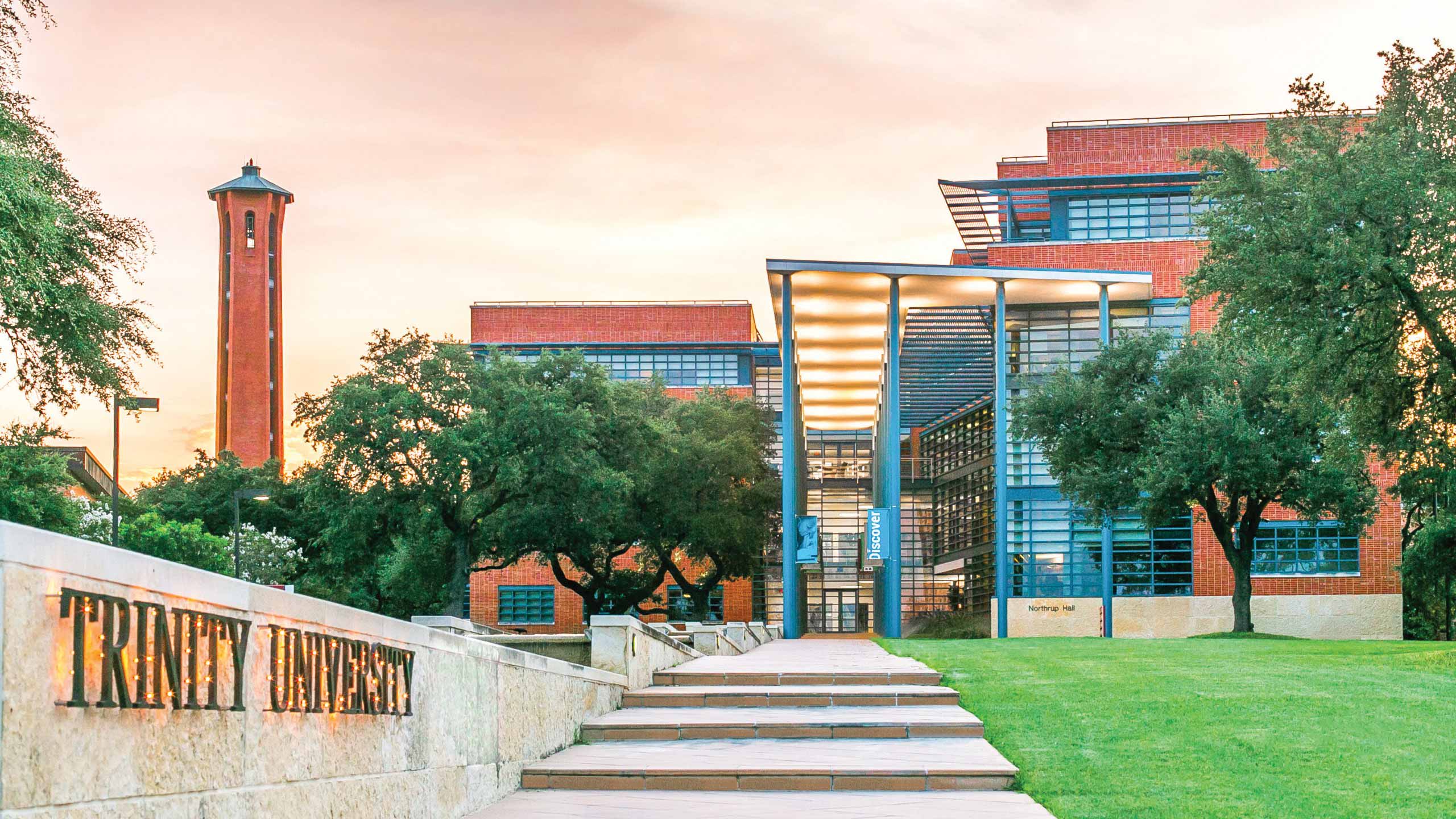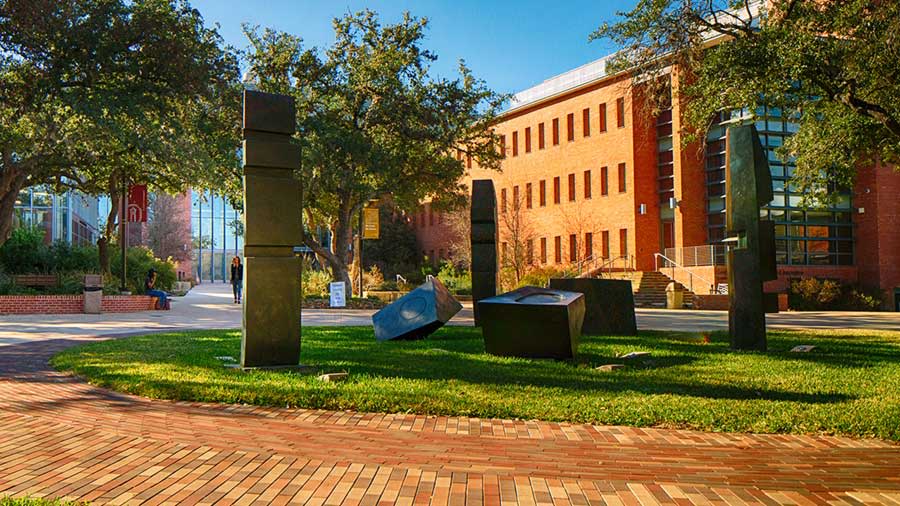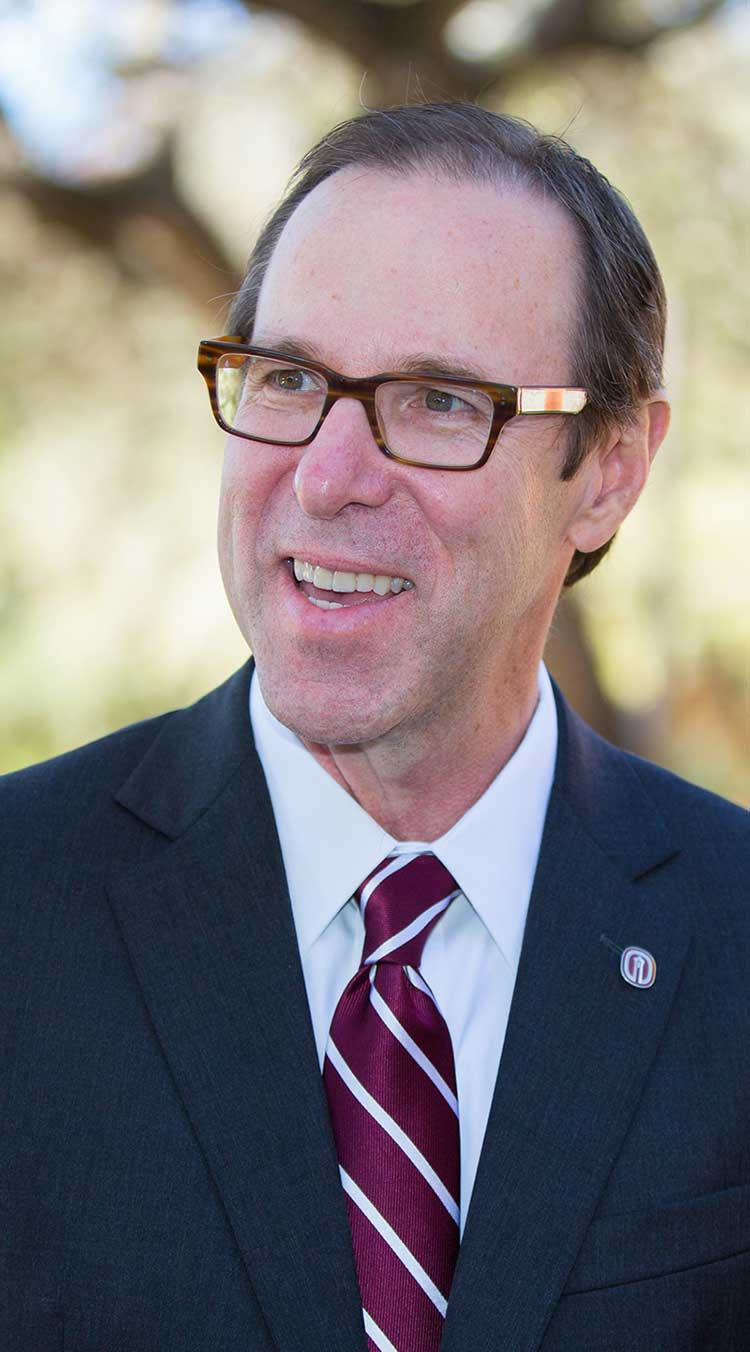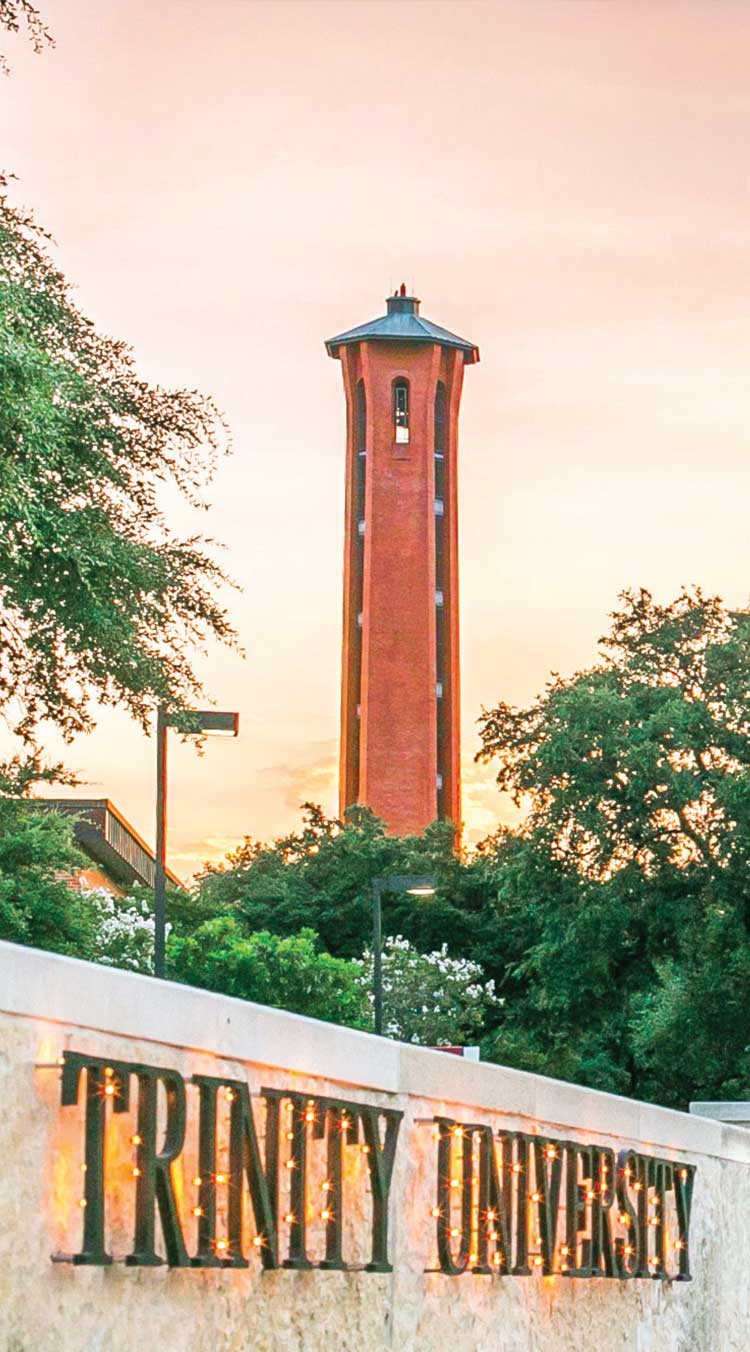A small Texas college makes a big, bold move
Trinity University in San Antonio has reclassified as a baccalaureate college after nearly three decades as one of the nation’s top master’s universities.
Learn why this institution is leaning into its identity as a liberal arts institution.

For nearly three decades, Trinity University held an enviable position: It was “best in the West” — the top master’s university in the western half of the country, according to the U.S. News & World Report college rankings.
But the Texas university is giving up that title. It has reclassified as a Baccalaureate Arts & Sciences institution and will appear in the upcoming rankings alongside the nation’s best liberal arts colleges.
This move makes perfect sense for Trinity, a selective residential liberal arts institution of nearly 2,800 students that offers a wide range of humanities majors plus several high-demand pre-professional programs. With an endowment of more than $1.7 billion, it has built a distinctive academic program that gives undergraduates the chance to conduct research, take part in experiential learning and explore numerous interdisciplinary programs. Trinity feels like a small college, but its historic modernist campus is located near the heart of San Antonio, the nation’s seventh largest city and one of its most diverse.
In an interview, Trinity University President Danny J. Anderson talks about Trinity’s vision for the liberal arts, major campus investments that support the humanities and Trinity’s recent reclassification.

Let’s start with the liberal arts. How do you define the term?
Liberal arts are about teaching students not what to think but how to think. You’re trying to prepare people not to be observers but to be participants in knowing how things work, how they can be curious, how they can keep asking questions, how they can keep that intellectual energy alive over the course of their entire lifespan. Liberal arts is more an ethos. You leave Trinity feeling confident that no matter how quickly the world changes, you know how to keep yourself up to date.
Why are the liberal arts important at Trinity?
When you look at our mission, we put an emphasis on wanting to provide experiences so that every student leaves Trinity achieving what we call a life of meaning and purpose. It’s curiosity about how the world works so that you know how to research it. It’s the confidence from having worked closely with adult mentors so that you leave here aware of potential in yourself you may not have seen. It’s the skills to know how to make things happen. Those are the things that will stay with you. Our sense is that meaning and purpose — your ability to go out and play that role that is going to really give you satisfaction over the course of your life — comes from knowing how to think, not simply being confident that I’ve memorized the right formula to apply until someone discovers some new formula.
Trinity plans to open a new campus home for the humanities this fall. Can you tell me more about the building and what it symbolizes?
Right before I started, Trinity completed a major project called the Center for Science and Innovation. It’s an incredible science teaching facility that has produced phenomenal interrelations among all of the sciences that are within it. We built on that idea of seeing the kind of productive collisions that can occur among people in different fields.
Dicke Hall is the crowning new building that is part of the Chapman-Halsell-Dicke Complex. Dicke Hall is space for the Humanities Collective and for a few of our humanities departments. Some of the departments are also located in Halsell, which is right beside Dicke Hall. It puts the humanities departments side by side and will increase the amount of conversation. Chapman includes departments like economics, the Neidorff School of Business and health care administration. The number of Trinity students who study business and combine it with a liberal arts degree in the classical fields is huge. Having a complex of buildings that makes it easy for students to connect all of those pieces together and makes the various elements visible as autonomous pieces is really important and unique.
It sounds like Trinity emphasizes interdisciplinary studies. How does that work with the liberal arts?
We’re building a unique portfolio of interdisciplinary fields of study that I really do think help our students stand apart. Just to pull one: environmental studies — think of all the different pieces that go into that. When you think about doing environmental studies at a university with our history of phenomenal work in entrepreneurship, it means we have students who end up thinking about applied solutions that they can go out and sell — not only in terms of creating a business of their own, but they can persuade others that there are solutions that we can apply and make the world better.

Trinity University President Danny J. Anderson
Trinity University President Danny J. Anderson

Let me ask you about reclassification. How did that come about? And why was it important for Trinity to move into a new category?
It’s really important as a small residential liberal arts college where you focus on lives of meaning and purpose to do everything you can to be as clear as possible about who you are and what you do. When the Carnegie classifications were established, Trinity had many master’s programs, and that categorization as a small master’s university was really the right one. A wonderful thing happened between 1979 and 1999. One of my predecessors, President Ron Calgaard, really worked with the board to say we have an opportunity to change our profile. The university systematically went through a process of eliminating Division I athletics — we were a tennis powerhouse. We went through the process of eliminating the majority of those master’s programs. At the same time, Trinity sought to strengthen the number and quality of faculty in liberal arts fields. It acquired more property and built residence halls so it could establish a residency requirement. There was a very clear vision over those 20 years to become a small, exceptional, residential liberal arts college. We have lived into that over the 15 years that followed.
Given how discerning students and their families are about picking schools, it makes all the sense in the world to really align ourselves as a residential liberal arts college. It’s just part of our core identity. (Reclassification) was not like we were something different and we had to try to convince people that we’re truly a residential liberal arts college. The evidence backs up the request very clearly and strongly.
How do you think the liberal arts will remain valuable in the future?
It’s a very interesting moment we’re living in right now. Because of the pandemic, many schools are going to see an increase in students who want to go into health care professions and public health. I think the advantage of the liberal arts is that it will encourage students to think about the long game. You may want to start out thinking about some of the things that were a part of your life experience as a young adult going through a pandemic. But you really need to be equipped to think about many different kinds of unknowns that are going to come your way in the future.
As I think about the future, we are all looking at ways we can contribute to a conversation about climate, about public health, about technology and the way it’s going to play in our future. Liberal arts is unique in the ways it helps students answer the questions and question the answers. It’s going to keep them going in a complex world.
This custom content is sponsored by Trinity University and developed by Inside Higher Ed's sponsored content team. The editorial staff of Inside Higher Ed had no role in its creation.


